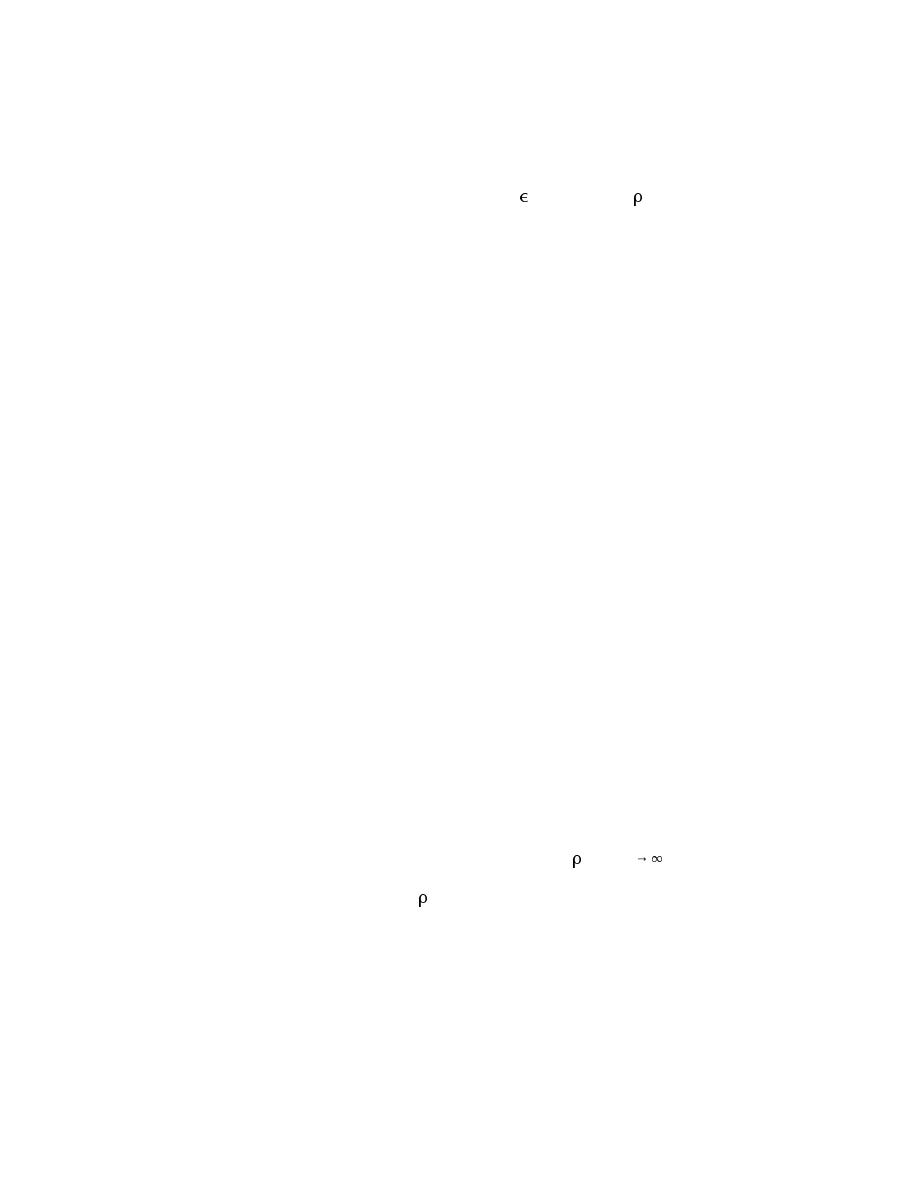 |
||
|
|
||
| |||||||||||||||
|
|
 Parameter Estimation
Use of any of the above models requires estimation of a variety of model
parameters. The most important of these parameters and an example calculation
are presented below. These include the porosity ( ), bulk density ( b), and
organic carbon content (foc) of the cap material; the partition coefficient (Kd) for
the chemical(s) between the pore water and the cap material; the diffusivity of
the chemical(s) in water (DW); the depth of bioturbation (Lbio) and a biodiffusion
fer coefficients; and for flowing systems, the water flushing rate (Q). Informa-
tion should be obtained on the degradation half-life or reaction rate of chemicals
of concern in the specific project if such information is available.
Contaminant properties
Contaminant properties include water diffusivity and sediment-water or cap-
water partition coefficient. The water diffusivity of most compounds varies less
than a factor of two from 1 10-5 cm2/sec. Higher molecular weight compounds
such as PAHs tend to have a water diffusivity of the order of 5 10-6 cm2/sec.
The water diffusivity can be estimated using the Wilke-Chang method (Bird,
Stewart, and Lightfoot 1960). Compilations of diffusivities are also available
(Thibodeaux 1996; Montgomery and Welkom 1990).
The preferred means of determining the partition coefficient is through
experimental measurement of sediment and pore water concentration in the
sediment or cap. In this manner, any sorption of contaminant onto suspended
particulate or colloidal matter is implicitly incorporated. If such measurements
are unavailable, it is possible to predict values of the partition coefficient, at
least for hydrophobic organic compounds, using Equation B8. Koc values are
tabulated (e.g., Montgomery and Welkom 1990) or may be estimated from
solubility or the octanol-water partition coefficient using the methods in Lyman,
Reehl, and Rosenblatt (1990). For other contaminants, including metals, little
predictive guidance exists.
It should be emphasized that the pore water concentration, C0, appearing in
the models is not the truly dissolved concentration but that corrected for the
amount sorbed on the colloidal matter. Note that Equation B8 suggests that the
apparent partition coefficient approaches the constant, foc/ oc as Koc
. That is,
the apparent partition coefficient is no longer a function of the hydrophobicity of
the contaminant when the product ocKoc>>1. For example, the apparent parti-
tioning of pyrene, with a Koc ~105 L/kg and any compound more hydrophobic, is
dominated by pore water organic matter at concentrations greater than about
10 mg/L.
B18
Appendix B Model for Chemical Containment by a Cap
|
|
Privacy Statement - Press Release - Copyright Information. - Contact Us - Support Integrated Publishing |